Humans are certainly highly flexible in their diet because of our skills to manipulate foods by cooking and flavoring. However, like all other animals, we have been shaped through evolution and adapted to forage certain foods. This is why studying adaptations to foraging different food types is essential to determining our natural diet. However, in nutrition, this approach rarely gets even mentioned! Comparative dietary analysis in evolution and nutrition science is either the neglected stepchild or the ignored elephant in the room!
What are adaptations, and what can they tell us about the diet of a species – and the human species?
What is an adaptation?
What is an adaptation? Organisms constantly need to adapt to a changing environment. They do so on different levels and timelines:
- Within one individual: immediate response to environmental impacts on the epigenetic level. One and the same individual can look different under varying environments. This means its appearance and traits can vary for the same genotype – also called phenotypic plasticity. This plasticity is limited by the given genetic framework.
- Within a species: long-term evolutionary response to environmental conditions on the genetic level. Genetic changes only happen over generations within a species.
Adaptations for food and foraging
Species evolve under the selective pressure of their environment, including food availability: Individuals that are effective in foraging generally have better chances to survive, reproduce and pass on their genes (fitness). This can include finding food sources fastly, or effective digestion to get energy and nutrients or tolerating the toxic components in foods well.
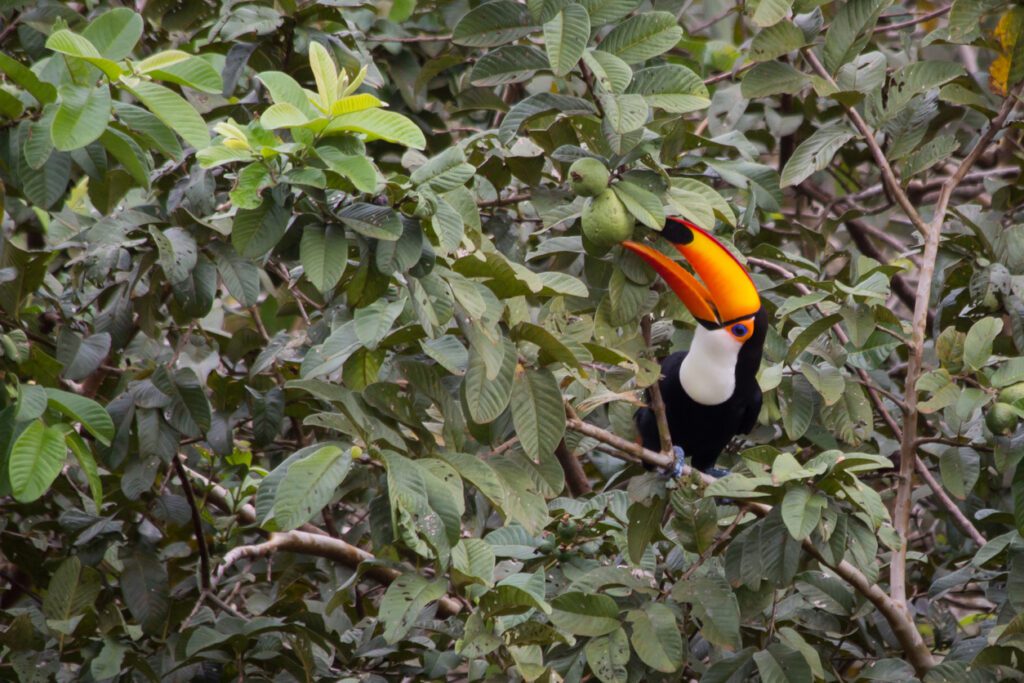
Simple example: frugivorous primates (and other arboreal mammals) have “handy” hands for fruit picking and holding. If you think this is not relevant in survival or too simple, you have never seen your dog trying to pick a berry from bushes with its snout (paws don’t serve at all) or chewing a piece of apple.

When is a biological trait adaptive?
- An adaptive trait is a characteristic of an organism that has evolved to be advantageous for its survival and reproduction.
- A trait is adaptive within a given environment if the animal is more successful with it than without it.
- Adaptive traits in one environment can be non-adaptive (useless or neutral) or even maladaptive (disadvantageous) in another environment.
Adaptations come at a cost
Adaptations to a challenging environment are costly or lead to constraints in other traits (energy expenses or trade-offs). And in nature, energy saving is key for being functional and successful. Energy that is saved by not sustaining one trait can be used for another, more advantageous trait. Thus, if a trait is not used, it can get lost (dysfunctional genes) over generations, which can be a benefit for the organism itself (see below the loss of vitamin C genes).
Adaptive traits help us understand our species-appropriate diet!
Because of our complex and widely unknown recent ancestral dietary past, comparing adaptive traits related to foods and foraging to other apes and primates is an important tool for more insight.
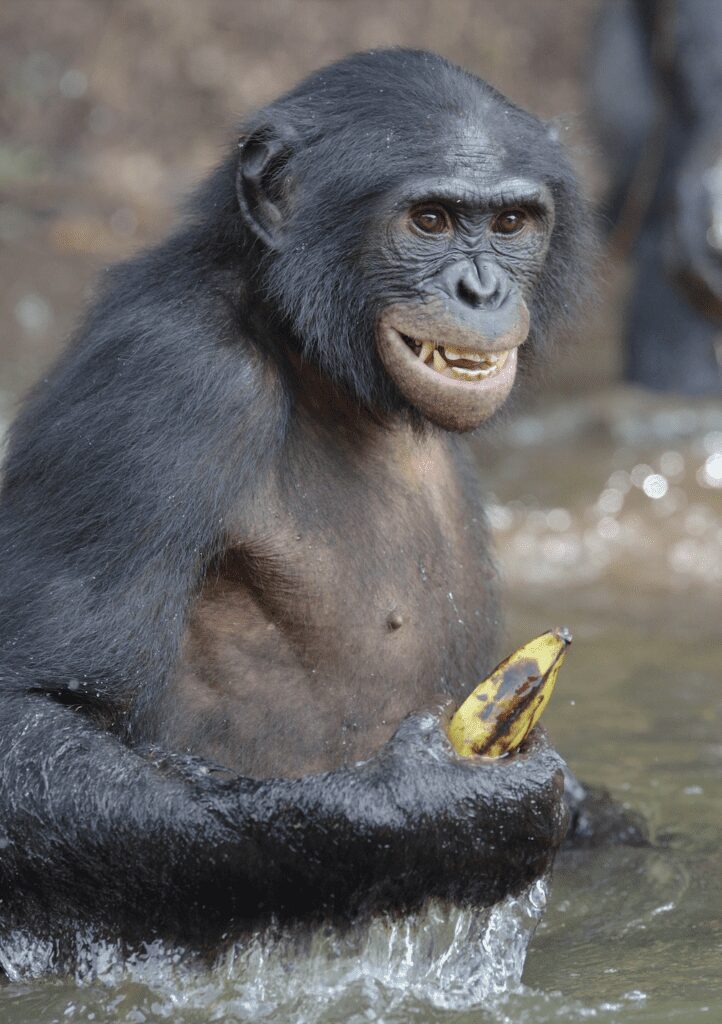
And surely, studying anatomical and physiological adaptations of frugivorous primates and primate foods in the wild reveals nothing short of surprises about ourselves and our special evolutionary relationship with fruits – as frugivores.

Adaptations in humans that are typical for frugivorous primates
What traits specialize frugivores in a high-fruit species and diet? Humans and Chimpanzees share intriguing features with each other that serve essential functions in fruit foraging. They also share many features with other frugivorous mammals, which are not as closely related. The same diet can lead to the same adaptations in species of different evolutionary lineages independently (analogous traits).
List of some of the most remarkable biological features that have evolved with our dietary habits as highly frugivorous species:
- Loss of own vitamin C synthesis due to high fruit intake, a characteristic specific for frugivorous animals.
- Trichromatic color-vision: specialized color-vision for highly effective fruit foraging.
- Digestive anatomy and microbiome like other frugivorous primates.
- Dentition typical for frugivorous primates
- Complex hand with opposable thumbs needed for tree life and fruit foraging.
- Tasting sweetness. While we love sweetness – not all animals can even taste it!
- Instincts: sensory cues strongly attract us to ripe fruits (color, smell, taste), unlike any other food in nature.
- Humans originated in the tropics: tropical forests are the only habitat that sustains larger frugivores.
In-depth article on these traits here.
Aren’t humans clearly classified as omnivores?
Yes, humans are classified as omnivores because we are able to digest both, plants and animal-based foods.
However, the distinct adaptations as specialized fruit-eaters and the similarity of humans, great apes, and many other frugivorous primates are undeniable. Chimpanzees, for example, are classified as frugivorous omnivores. Therefore it would be worth a discussion to specify the human dietary classification and refer to humans as frugivorous omnivores, too. What might seem like detail is essential in shaping the perception of our natural diet!
Conclusion
Adaptive traits in anatomy and physiology related to diet, reveal the dietary ecology of a species – including humans. Thus, by studying our characteristics for foraging we can discover a lot about the natural human diet.
We find that humans share many fascinating traits with their closely related frugivorous (fruit-eating) ape and primate family. Comparing the diets and traits of wild chimpanzees certainly deserves more attention when studying the species-appropriate nutrition of humans.
More scientists should ask the essential question, “what we can learn from wild primate diets?” like K. Milton in Nutrition (1999):
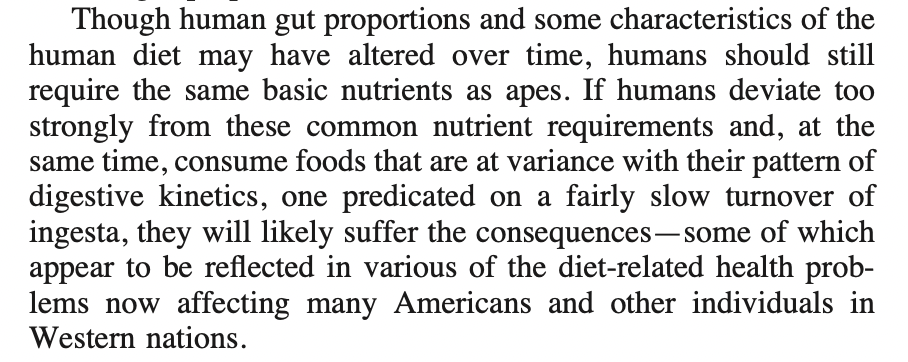
The more common approach to the human evolutionary diet is to study the diet of our ancestors, also called the paleolithic diet. Read more on the pros and cons of the two ways of studying the natural human diet here.
Want to know more about adopting a frugivore diet yourself? Check out our guide

Go to How to do the Frugivore Diet
References
- K. Milton, Nutritional characteristics of wild primate foods: Do the diets of our closest living relatives have lessons for us? Nutrition. 15, 488–498 (1999), doi:10.1016/s0899-9007(99)00078-7. (link)
- Adaptation. Education (available at https://education.nationalgeographic.org/resource/adaptation/).
- Y. Tu, W.-J. Rappel, Adaptation in living systems. Annual Review of Condensed Matter Physics. 9, 183–205 (2018), doi:10.1146/annurev-conmatphys-033117-054046. (link)

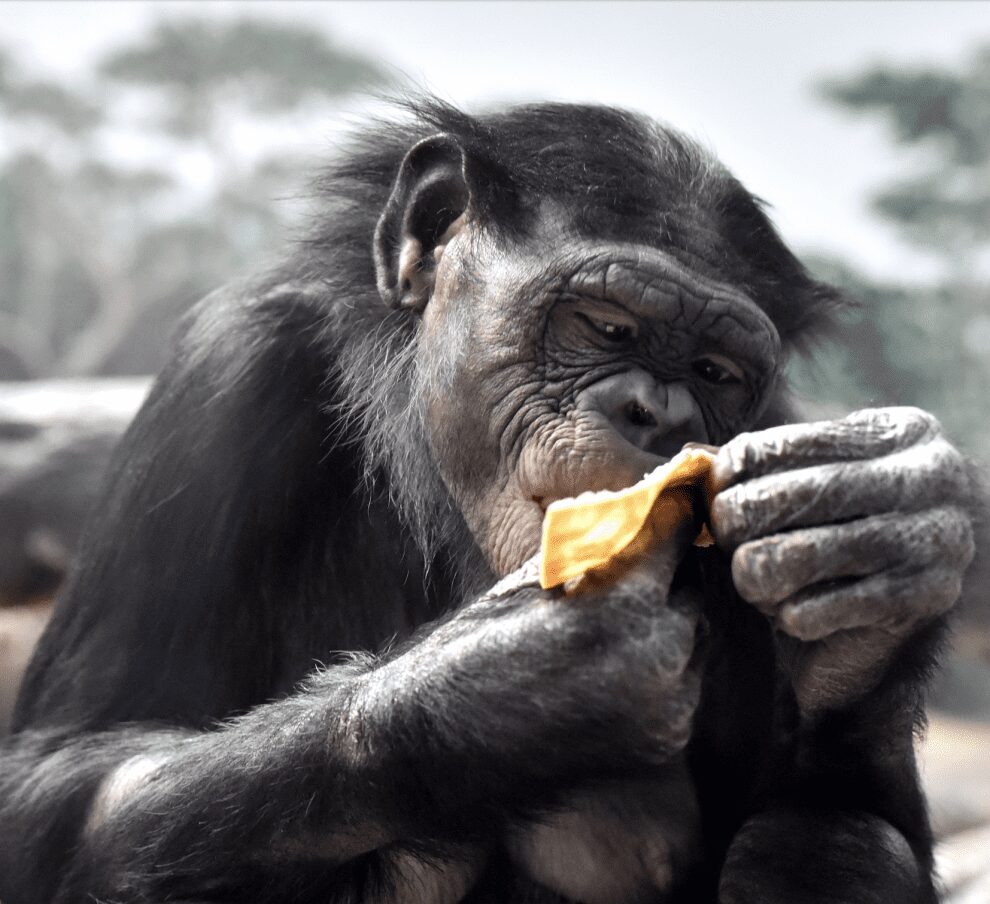
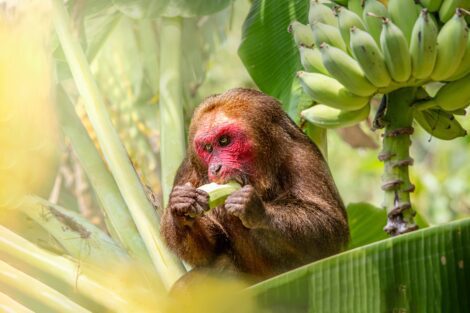
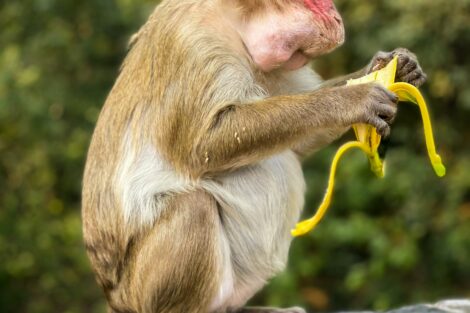
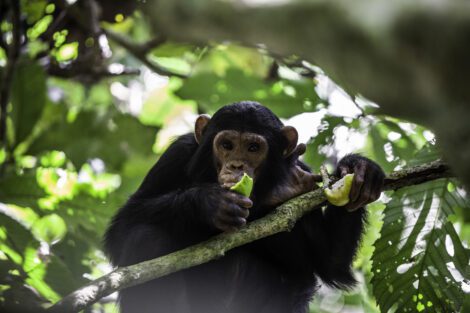
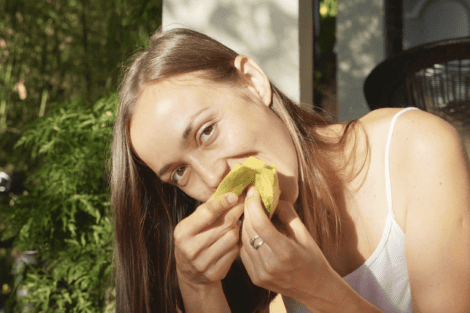
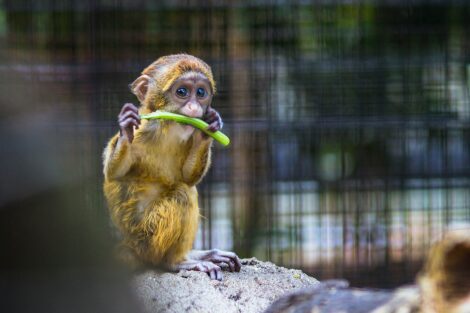
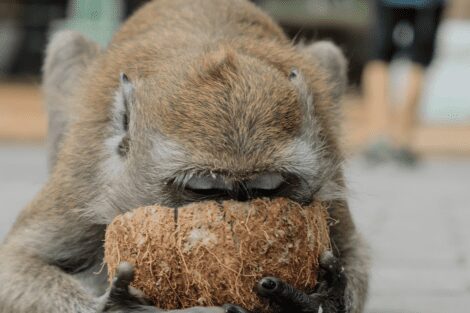
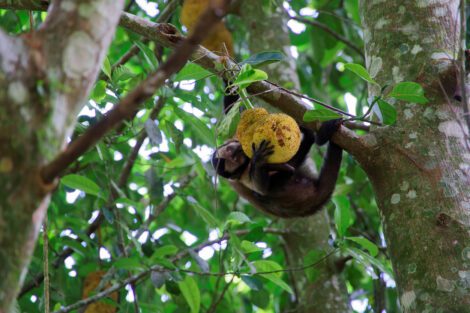


Add Comment